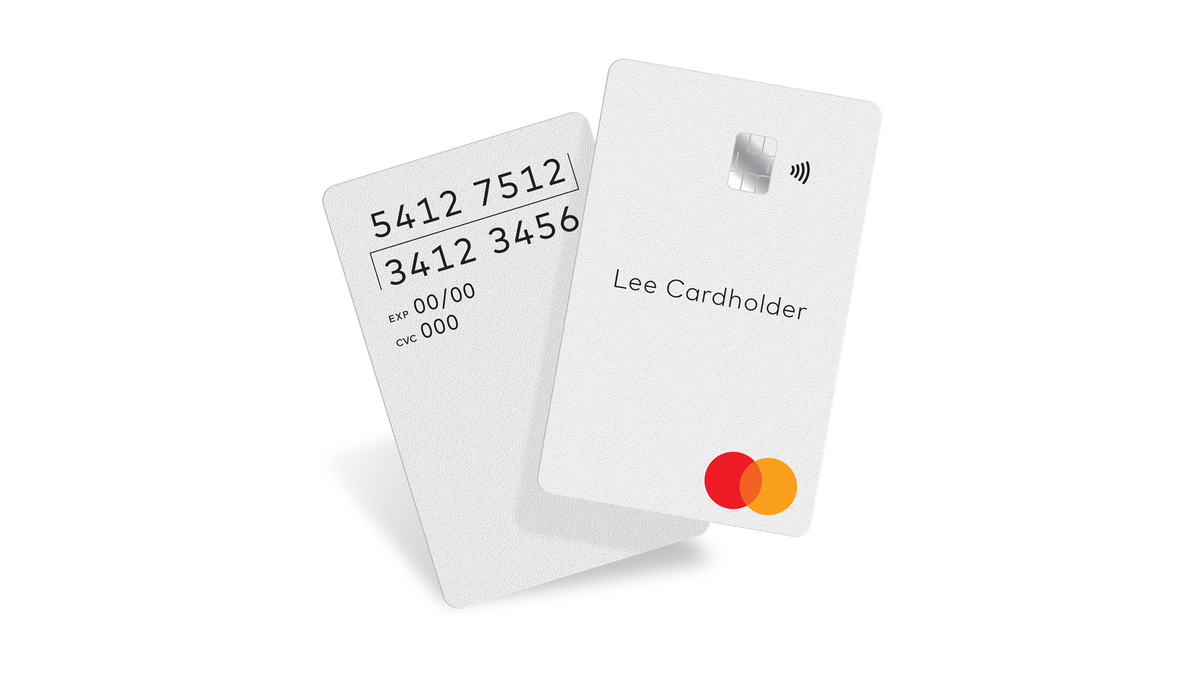
Mastercard plans to begin phasing out the magnetic stripe on its payment cards from 2024 as chip-based and contactless payments continue to rise.
According to the credit card giant, removal of the magnetic strip will happen across most markets, with Europe taking the lead. Meanwhile, newly-issued Mastercard credit and debit cards in the US will no longer need to feature the familiar magnetic stripe from 2027.
By 2029, it’s anticipated the magnetic stripe will disappear from Mastercard credit and debit cards altogether, although prepaid cards in the US and Canada will retain the imprint. However, Mastercard predicts that all of its cards will see the feature disappear completely by 2033.
"What's best for consumers is what's best for everyone in the ecosystem," said Mastercard Cyber and Intelligence business president Ajay Bhalla.
- We've also featured the best website builder offerings
- Take a look at the best content marketing tools around today
- Check out the best online marketing services as well
The distinctive dark-coloured stripe running along the back of plastic cards has been a regular feature since the 1960s, developed initially by IBM. In its time the feature has proved to be a practical solution for encoding card information details and also verifying cards during transactions. However, the advent and growing dominance of chip technology has seen less reliance on the magnetic stripe.
"Based on the decline in payments powered by magnetic stripes after chip-based payments took hold, newly-issued Mastercard credit and debit cards will not be required to have a stripe starting in 2024 in most markets," the company wrote.
Magnetic stripe
Indeed, Mastercard’s own research, which was carried out last December by Phoenix Consumer Monitor, revealed that over half of Americans now favour using a chip card at the point of sale terminal compared to other payment options. A paltry 11% reported a preference for swiping their cards, with just 9% opting to do the same if they’re already familiar with contactless payment options.
Are you a pro? Subscribe to our newsletter
Sign up to the TechRadar Pro newsletter to get all the top news, opinion, features and guidance your business needs to succeed!
Advances in card payment technology continue to become more elaborate too, with Mastercard having collaborated with Samsung Electronics to trial a biometric card. It features a built-in fingerprint sensor, which can already be used to authorise in-store transactions as part of a pilot that is taking place in South Korea.
In time, Mastercard predicts that it will be possible to use the biometric card at any Mastercard in-store payment terminal without the need to use a PIN or signature for authorization during transactions.
- Also, check out our roundup of the best ecommerce hosting services
Rob Clymo has been a tech journalist for more years than he can actually remember, having started out in the wacky world of print magazines before discovering the power of the internet. Since he's been all-digital he has run the Innovation channel during a few years at Microsoft as well as turning out regular news, reviews, features and other content for the likes of TechRadar, TechRadar Pro, Tom's Guide, Fit&Well, Gizmodo, Shortlist, Automotive Interiors World, Automotive Testing Technology International, Future of Transportation and Electric & Hybrid Vehicle Technology International. In the rare moments he's not working he's usually out and about on one of numerous e-bikes in his collection.
